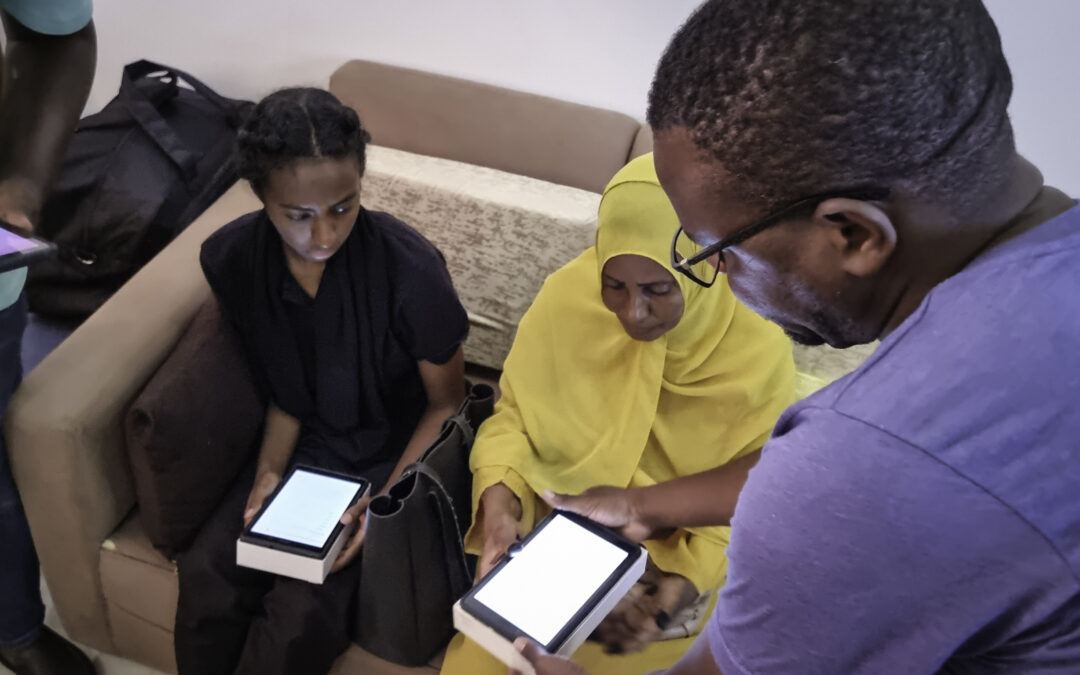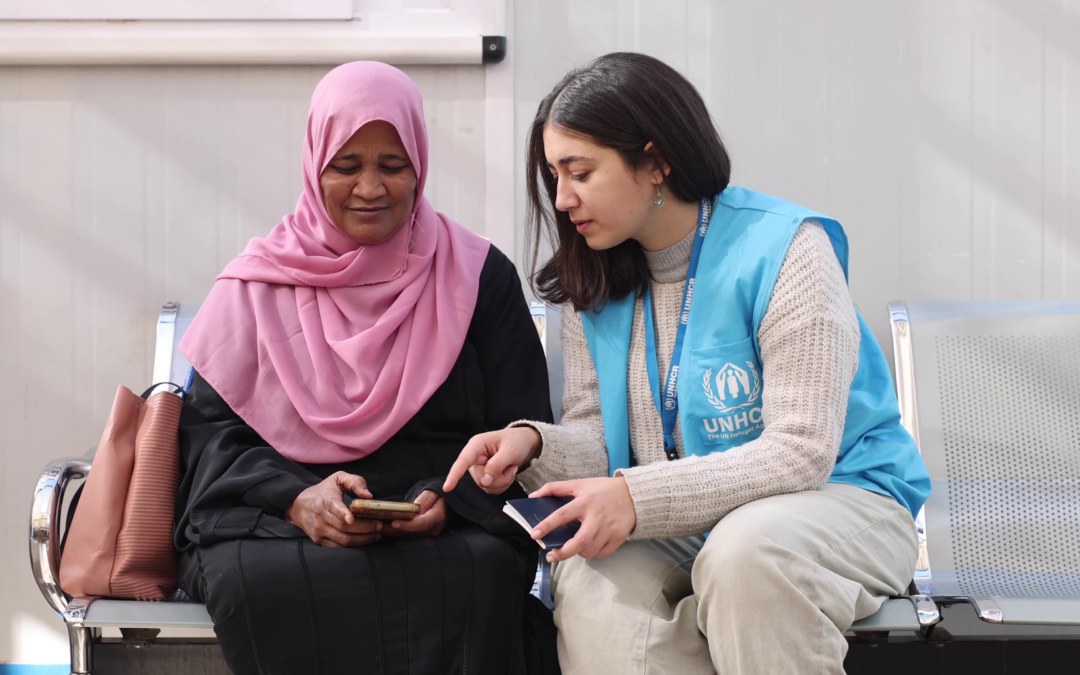

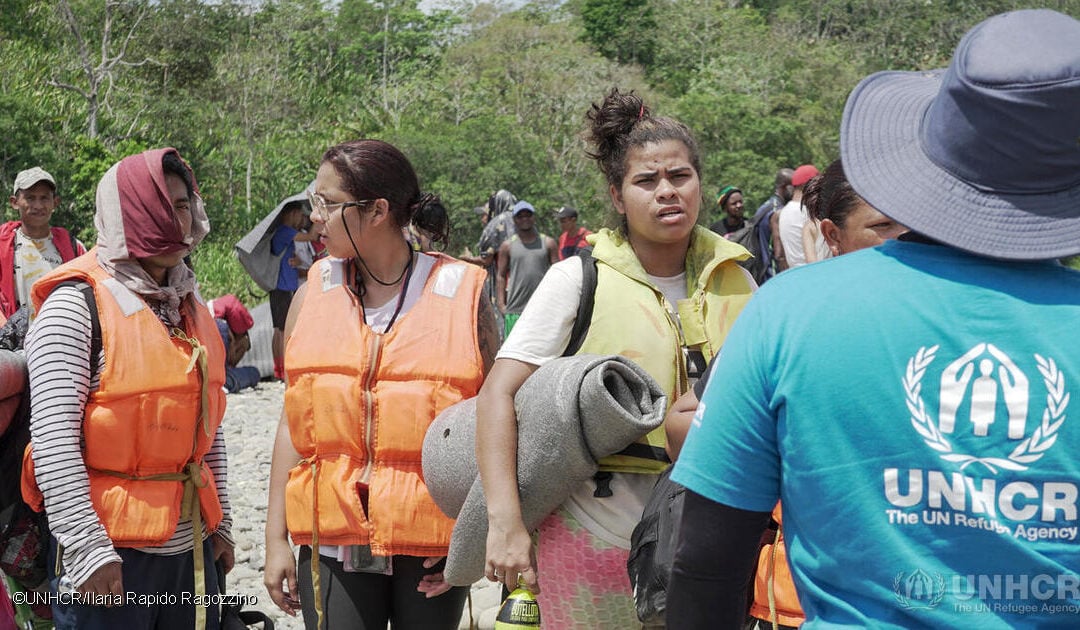
The Microdata Library in 2024: Expanding Access to Data While Strengthening Privacy Protections
By Andrea Pellandra and Alejandra Moreno Ramirez A group of Venezuelan men and women waits for a canoe to take them from Bajo Chiquito to Lajas Blancas. ©UNHCR/Ilaria Rapido Ragozzino Expanding the Microdata Library In 2024, UNHCR reinforced its commitment...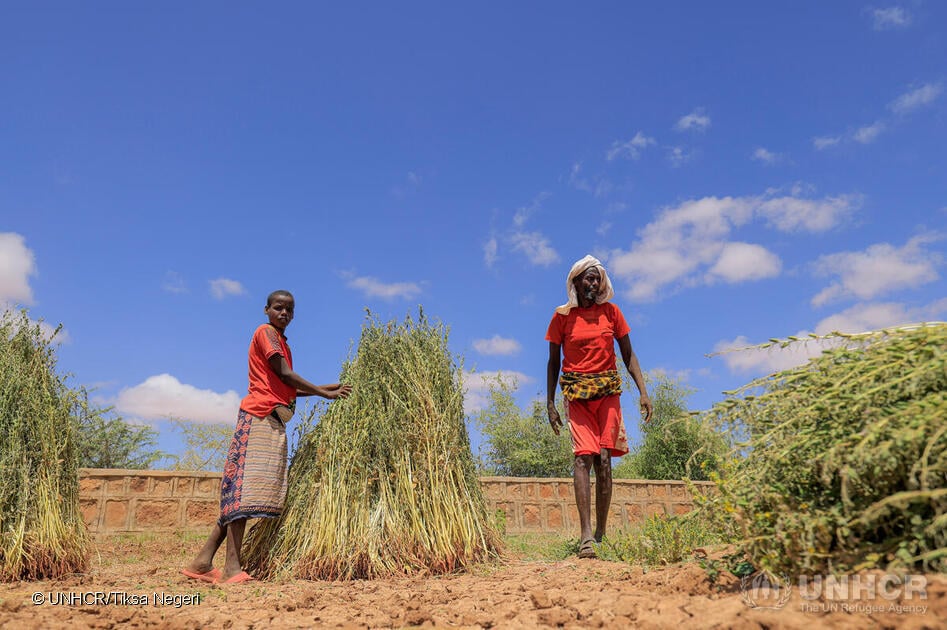
East, Horn, and Great Lakes of Africa: Leveraging Data for Sustainable Refugee Responses
By Jed Fix, Masud Rahman, Dr. Atinkut Mezgebu Wubneh, and Alessandro Nava Noor Ibrahim Isak, 67 harvests Sesame with his son, Hussein Noor Ibrahim, 15, at Kobe agricultural farm for the refugees and the host community in Kobe, Somali region of Ethiopia. ©UNHCR/Tiksa...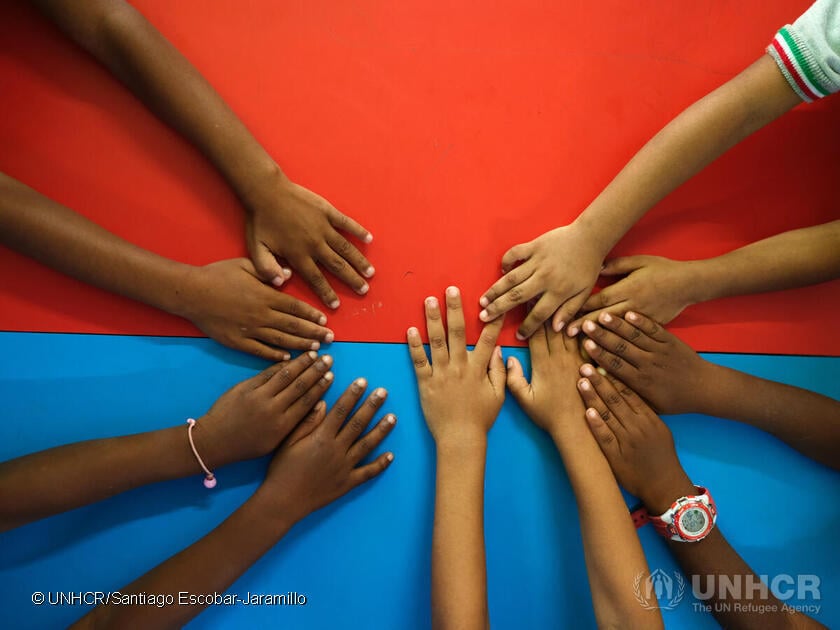
UNHCR and OECD Datathon: Harnessing Data for Forcibly Displaced and Stateless Children
By Tarek Abou Chabake and Jean-Christophe Dumont Hands of children at Tierra Bomba School, an ethno-educational institution with 1,188 students. ©UNHCR/Santiago Escobar-Jaramillo Data plays a crucial role in humanitarian efforts, providing timely and accurate insights...
Innovation and partnerships to improve socioeconomic data on forced displacement
Nicci Potts, ODA Programming and Partnerships Lead Adviser, UK Foreign Commonwealth and Development Office, at the Royal Statistical Society Conference 2024. By Sarchil Qader, Nicci Potts, Giulia del Panta and Paddy Brock We don’t have time for business as usual....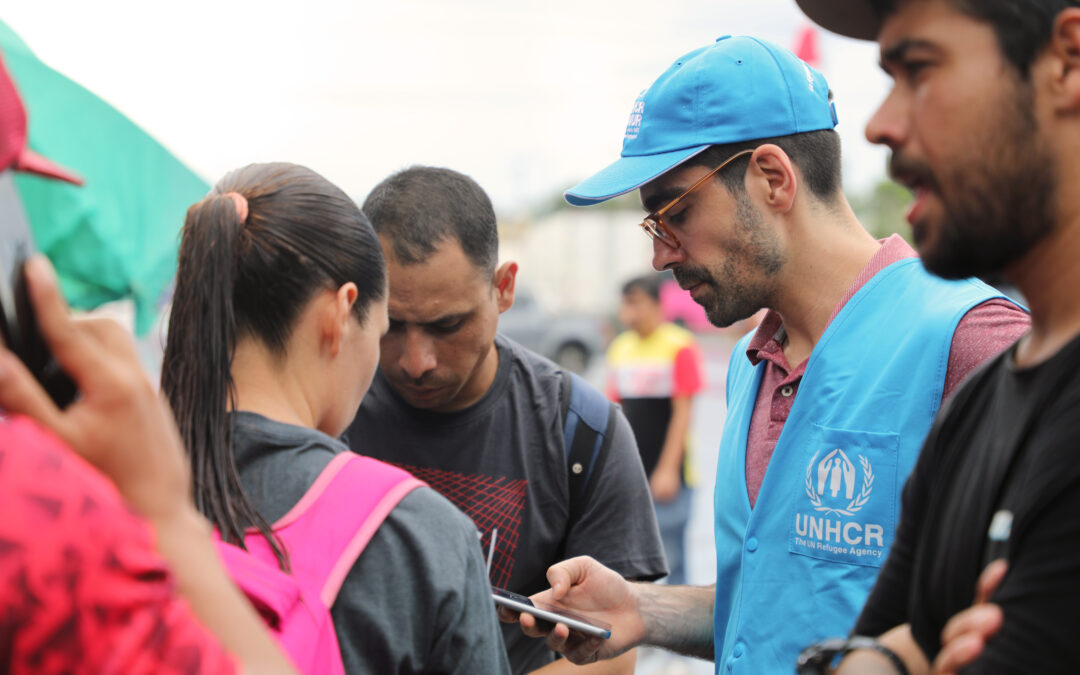
The future is data (and it’s here already)
At the end of September 2024, world leaders are coming together in New York City to convene a variety of high-level events. Between 22-23 September, the Summit of the Future will take place, which has been described as a once-in-a-generation opportunity to mend eroded trust and demonstrate that international cooperation can effectively tackle emerging threats as well as opportunities.
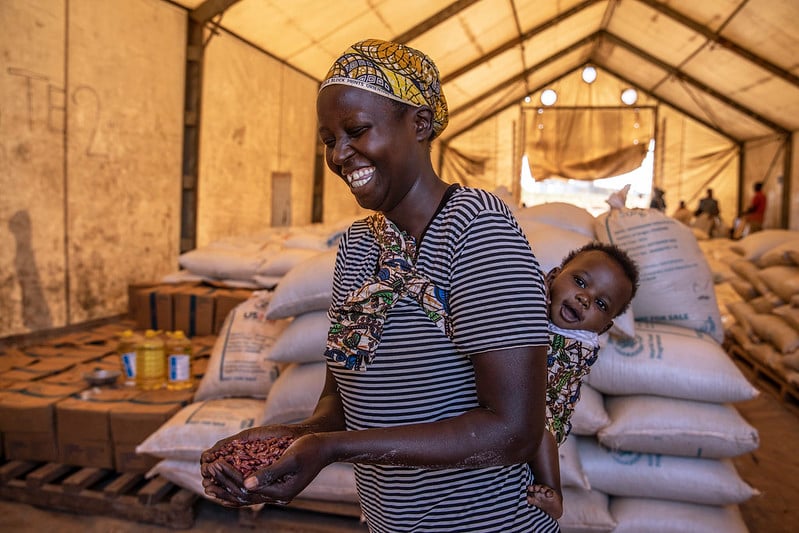
Collaboration gone right – UNHCR and WFP take data sharing to the next level in Tanzania refugee camps
It is common practice for UNHCR, the UN Refugee Agency, and WFP, World Food Programme, to collaborate in some of the world’s most difficult humanitarian responses. While UNHCR is mandated to protect those forced to flee, WFP is responsible for delivering food and life-saving assistance in emergencies and protracted refugee situations. The two organizations work together to serve the most vulnerable populations. As part of this collaboration, UNHCR and WFP may need to exchange some information on the forcibly displaced populations to ensure they receive targeted food assistance in a dignified manner.
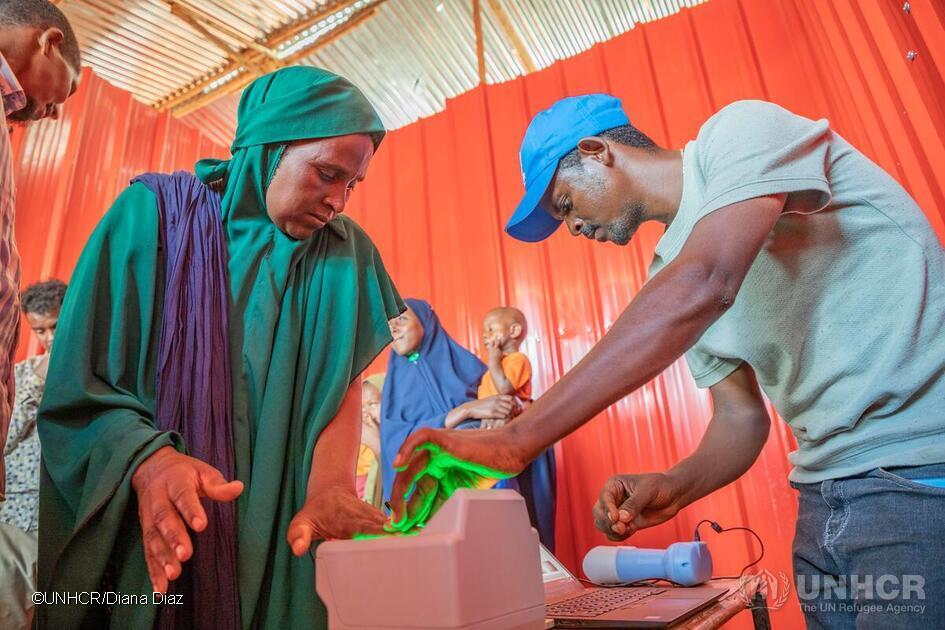
Biometrics innovation: Transforming the way we collect fingerprints at UNHCR
In 2002, UNHCR introduced biometrics, and leveraged the technology to manage the identity of the people it serves effectively. By capturing up to 10 fingerprints, 2 irises and a face photo during the initial encounter, biometrics play a crucial role from confirming an individual’s physical presence to providing assistance. UNHCR’s Biometric Identity Management System (BIMS) serves a diverse user base including UNHCR staff, partners, governments, and soon refugees themselves through self-service applications, all in a user-friendly manner. While BIMS has undergone countless improvements throughout the years, the biometric scanner devices used have remained largely unchanged.

The journey to build a new open data finder on forced displacement that includes thematic data: Part 1
In 2017, the United Nations Statistical Commission adopted an indicator framework of 231 unique indicators to monitor the progress towards the Sustainable Development Goals (SDGs). Similarly the World Bank tracks 1,400 indicators on development and UNICEF over 680 on women and children. But what about the visibility of refugees, stateless, and other people affected by forced displacement?
